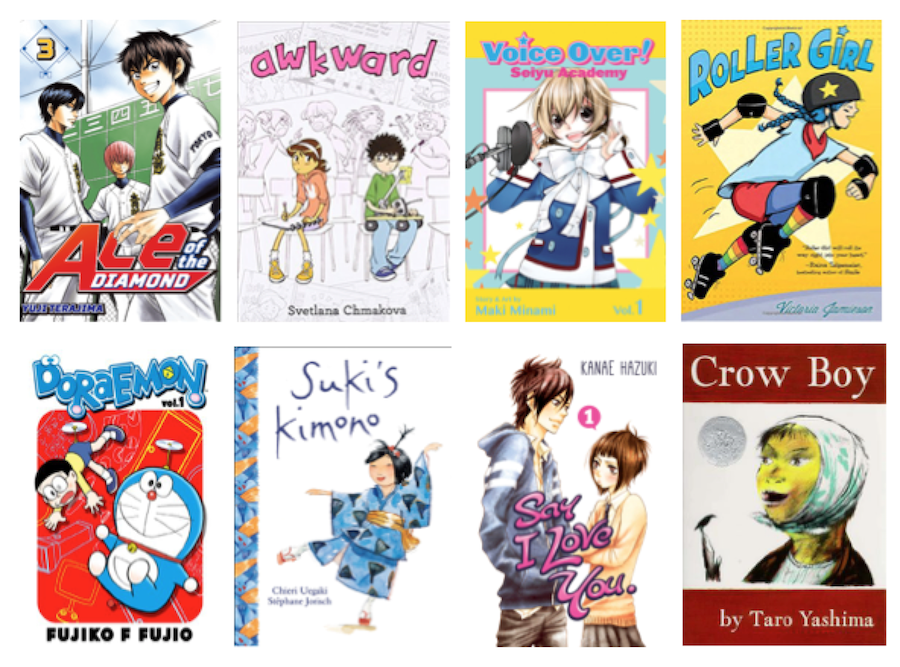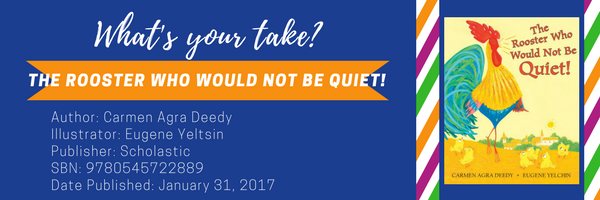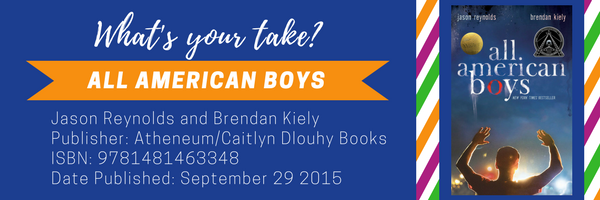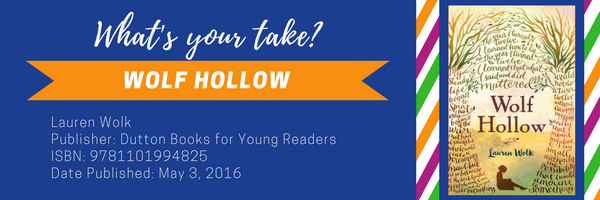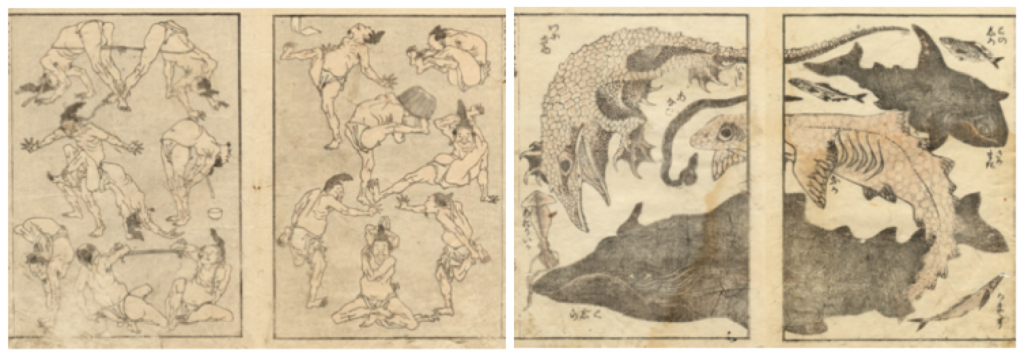By Angel Stone, Worlds of Words Intern, The University of Arizona
Politicians admit to using their status to take advantage of women. Movie directors and actors use their power to assault young people. Mental health concerns are at an all-time high for children and teens. The novels we look at this month, written by authors attending the 2018 Tucson Festival of Books, address the issues of assault, unfounded judgment and mental illness. These TFOB YA authors provide a way to initiate conversations on difficult topics between young people and those who care about them.


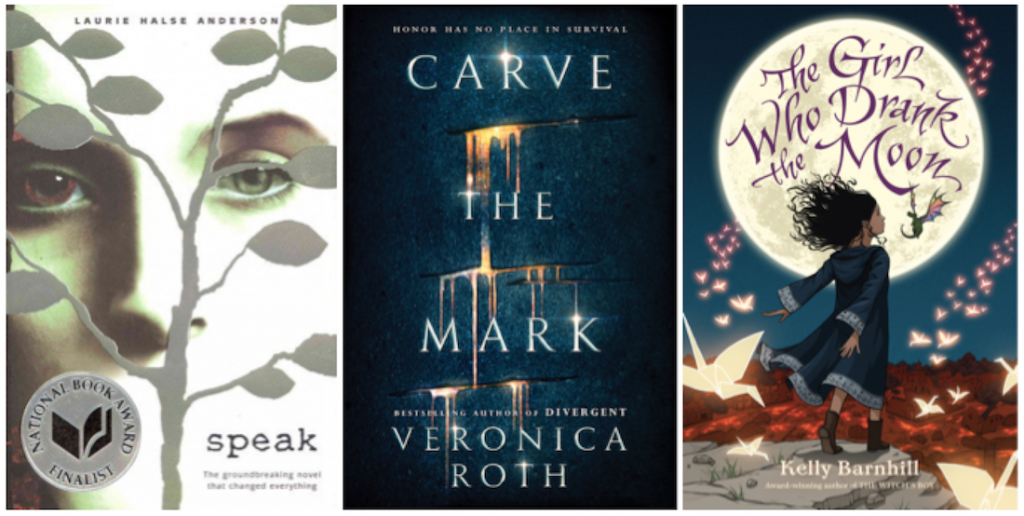
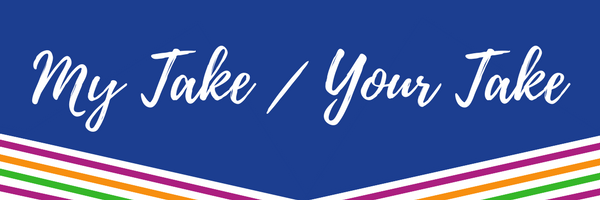
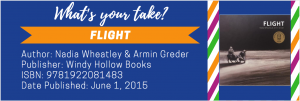

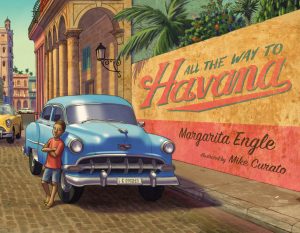 The colorful picturebook, All the Way to Havana by Margarita Engle with illustrations by Mike Curato, is set in modern day Cuba. It focuses on a family celebration and how Cuban resourcefulness keeps American cars from the 1950s running. A boy narrates the trip his family takes from the country to Havana in their precious old car, Cara Cara, a 1954 Chevy. Before they can take off, Papa and his son have to fix the car. They try and try to fix the silly noises. “The rattling parts have ben fixed with wire, tape and mixed-up scraps of dented metal.” Finally, “Cara Cara once again begins to sound like a chattering hen!”
The colorful picturebook, All the Way to Havana by Margarita Engle with illustrations by Mike Curato, is set in modern day Cuba. It focuses on a family celebration and how Cuban resourcefulness keeps American cars from the 1950s running. A boy narrates the trip his family takes from the country to Havana in their precious old car, Cara Cara, a 1954 Chevy. Before they can take off, Papa and his son have to fix the car. They try and try to fix the silly noises. “The rattling parts have ben fixed with wire, tape and mixed-up scraps of dented metal.” Finally, “Cara Cara once again begins to sound like a chattering hen!” 